6 June 2020
Analysis from three different perspectives
By Ana Moreno
After years of speculating about the uncertainty of the times we live in, reality has once again surpassed fiction and we find ourselves in a situation more suited to the imagination of a screenwriter of cinematic fiction than to our own biography.
Many voices have been raised in favour of increasing the role of technology in the digital era, but none has been as forceful as the need created by the new educational situation. Although it is true that there are still more questions than answers and it is unwise to venture into infallible solutions, the study of relevant data can provide valuable insights. In this article, we present three different and complementary approaches to the current school context, with the aim of offering the reader information and insight in order to make some sound decisions regarding the appropriate role of technology in the new educational normality.
First, the main ideas of the Washington Post article Homeschooling during the coronavirus will set back a generation of children are presented, where Kevin Huffman warns that confinement due to the coronavirus will set back a whole generation of children. In the second we present the optimistic and hopeful perspective of the scientist, expert in learning, William Penuel, where answering the questions of the NEPC, he explains why, according to him, the new normality could be better than the old one. Finally, we summarize the criteria and evidence-based online resources of the Spotlight What Works in Online/Distance Teaching and Learning published by the Australian Aitsl Institute chaired by John Hattie, one of the world’s most prestigious education experts.
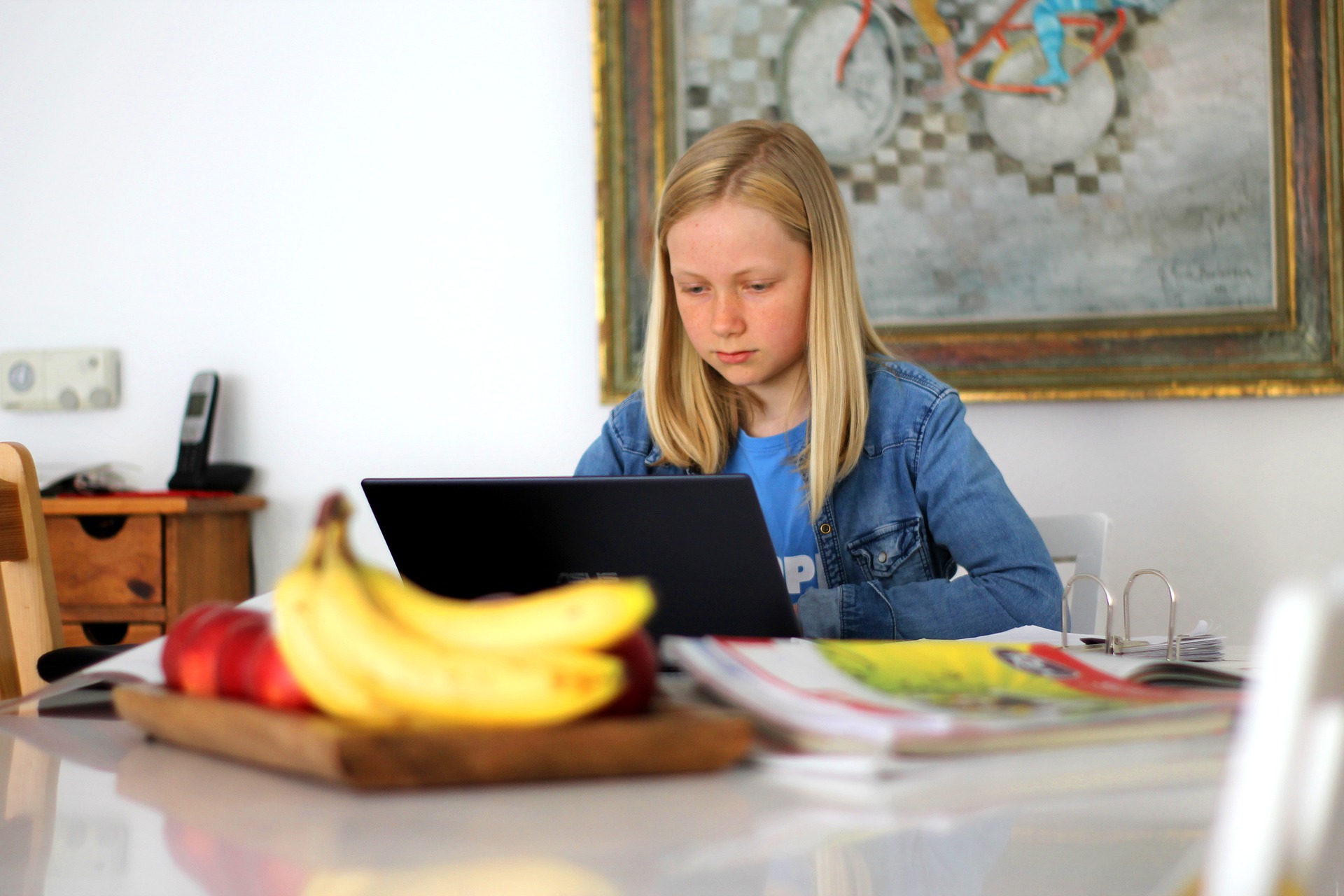
Many voices have been raised in favour of increasing the role of technology in the digital age, but none has been as forceful as the need created by the new educational situation.
Home schooling during the coronavirus will set back a generation of infants
Years of research, Huffman says, show that online schooling is ineffective and that students suffer significant learning losses during the long periods they are out of school. In this case, continues Hoffman, both circumstances exist with the aggravating circumstance that the children who will suffer most will be the children of the most disadvantaged families who lack adequate means and environments.
The author of the article refers to several studies. One of them, on the effectiveness of online education, concludes that “the academic benefits of subsidized online schools are currently the exception rather than the rule”. On the effect of the summer school break, he comments that after decades of research it is known that one to two months of progress is lost after a 10 week break, and adds how the recent research The Covid-19 slide: What summer learning loss can tell us about the potential impact of closures on student academic achievement conducted by NWEA shows that:
In the summer following third grade students lose about 20 percent of what they gained in reading in the school year and 27 percent of what they gained in math.
Hoffman concludes that despite the best efforts of parents, teachers and schools, the barriers they face are daunting and states, One thing we know for sure: the impact will not simply disappear, it will continue into the next year and beyond. From their perspective, based on the data the only sensible solution is to extend the days children attend school during the school years following the pandemic by ensuring full recovery from the loss.
The new normal could be better than the old normal
At the beginning of the interview, NCRPP director Dr Penuel is asked what he thinks about the shortcomings of online training, the poor academic level of students at the end of the course, and whether he thinks the right questions are being asked or the real problems are being addressed. The scientist, who looks through equity lenses and whose research is based on creating inclusive classes that address the affective dimensions of learning and connect teaching to the interests and identities of learners, replies that “even if test scores go down, this does not mean that learning stops because students are at home. He adds that the term “learning loss” underestimates learning as new ways to care for one’s own health and that of others, to take an interest in things that are not taught at school, or to help their families. We are all learning as we struggle to live in the midst of a pandemic. The question is, how do we support meaningful learning during this crisis? For Penuel, this moment offers a great opportunity to re-imagine education to focus on what really matters and to explore new ways of relating to families, the school and the community. The big challenge is that the pandemic does not recognize the limits of traditional school subjects. Teaching at the present time implies an interdisciplinary model that achieves an affective response from students towards what they are experiencing and learning. Learning has always had an affective response, an interiorization linked to what interests us and who we are. The present moment makes it more difficult than ever to ignore it. Rising to the challenge means seeing students in all their dignity as human beings, capable of great ingenuity and resourcefulness in the face of a global crisis.

In reference to how to design effective learning while schools are closed, Penuel believes that we must learn together, which means contributing what we can and studying what emerges if appropriate. We may not all feel comfortable designing new schools, but it is clear that we should not keep the same ideas or ask the same questions as before the COVID. While we are creating resources to help teachers adapt curriculum materials to different settings, we are focusing primarily on how educators and students should relate, not on specific content, as the most important thing right now is to nurture respectful and caring relationships with students and families. When schools are reopened, it will be necessary to help create welcoming communities that are able to meet the needs of students.
What works in online/distance teaching and learning?
The following summarizes the Spotlight published by Aitsl with the best educational practices, according to scientific evidence, for an online pedagogical model. All of them are preceded by studies that guarantee their benefits in the learning and welfare of students, teachers and their families.
Parents cannot replace teachers as they lack knowledge and experience. In order for students not to decrease their performance it is critical that parents and teachers work together to implement successful solutions. At this point it is important to remember that learning is present in different contexts, including at home, and that quality in education does not always involve the academic and structured. Despite the barriers to online learning, such as lack of social activity or lack of preparation of students for self-regulation, there are many measures that teachers, schools, students and parents can take to support effective distance learning.

Tips for teachers
The following principles address the aspects of online learning that are most critical to maximizing learning outcomes and experience.
1. Principles of quality assurance in distance learning
Online/distance education works best as a dynamic system of interrelated components, which vary according to context (Holmberg, 2005). All components together create a pedagogically guided learning community that allows for flexible delivery of tasks and activities. (Picciano, 2017). The components can be adapted, combined or excluded as needed. This model allows teachers to customize tasks to achieve curricular goals and to monitor each student individually.
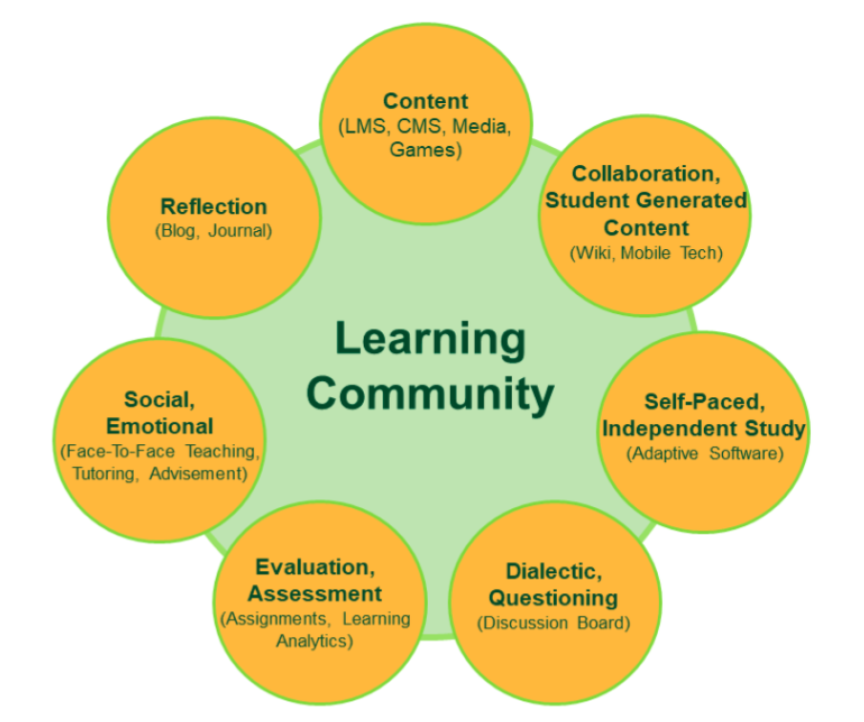
All planning should consider the three types of interaction: student-content, student-pupil, student-teacher. The elements work together, for example: an online content can be a collaborative exercise for a group of learners, include a discussion and subsequent reflection.
Another basic consideration is the evaluation and monitoring of learners which should be an essential part of the planning of each task.
There are many video conferencing tools and virtual learning environments that fit well with this model.
In this link of UNESCO you can access to many solutions.
2. The importance of the teacher’s presence online
According to a research study on MOOCs “The presence of the teacher during the course, his interactions with the students and the quality of the videos presented are determining factors for the completion of the course”. (Gregori, Zhang, Galván-Fernández and De Asís Fernández-Navarro, 2018).
The teacher’s presence must be continuous, meaningful and supportive. Due to the alternation between asynchronous and synchronous activities, it is vital for students to know when and how they can access the help of the teacher. A good approach would be (California Department of Education):
- Make clear the availability of the teacher: when, how and why it is appropriate to contact him/her.
- Calendar of activities for students.
- Schedule regular contact hours and follow-up with students, either online or by phone.
- Publish on the online discussion forums, answering students or asking questions.
- Publishing videos or updated readings.
- Using strategies and tools of formative evaluation to keep up with the progress of each student.
In this link you can find 14 practical tips for teachers new to the online mode.
3. Create an online community of support for cooperative learning
Cooperative learning in online environments improves student learning more than individual learning and this interaction is essential (Simonson et al., 2011). There are many collaboration-oriented technology options that promote interaction among learners. It is important to consider what is available within the school (for good options see previous link from UNESCO).
4. Display time – quality vs. quantity
Recent research shows that focusing on harm and risk is obsolete in the digital age, and it is more appropriate to consider the quality of the content and online interactions in which children participate. This change allows for more nuanced guidance for parents and teachers who should ask themselves the following questions when assessing what their children or students are doing online:
- What is the context? Where, when and how is digital content accessed?
- What is the content, and is it appropriate to the age or skill level?
- What connections are provided? How does it facilitate or impede positive social connections?
- What is the impact? Does the child lead a healthy life and have a good sleep routine? Does the child enjoy his/her online experience while maintaining hobbies and social relationships with friends and family?
These questions offer parents and teachers a framework for differentiating between problematic and normal use of technology.
5. What can teachers do to help parents and caregivers?
Research suggests that parental involvement in children’s learning has a greater impact on academic outcomes than parental involvement in the school. This involvement consists of attitudes, behaviors, and actions that provide learning opportunities outside of school and link what children learn in school to what happens in their community and in society at large.
Strategies for involving parents/caregivers are more likely to succeed “when teachers know how to communicate effectively with parents and when there is strong principal support for this work”. Ongoing, respectful, relevant communications and constructive, meaningful feedback are important in fostering trust and shared learning goals, whether online or in person (Emerson et al., 2012). There are many ways to facilitate ongoing communication beyond face-to-face meetings, such as through email, websites, blogs, podcasts and social networking sites. An added benefit is that these online platforms allow information to be shared more efficiently and widely.
Some ideas for effective parent/caregiver involvement that can be widely applied to all forms of communication (e-mail, mail, phone calls, video conferences, etc.) and support distance learning:
- Promote key messages to parents/carers about the school and its objectives.
- It promotes materials and websites for the home.
- Provides interactive workshops using programs such as Moodle and parent chat rooms.
- Provides products and resources for parents to work on their own or with their child.
- Links parents to existing resources and publications.
- Links parents to other organizations that have the capacity to provide support (online and/or in their community)
- Have an area for parents on the site (or direct parents to resources in your jurisdiction; see links in Resource 1) for specific information about how they can support their child.

Strategies to involve parents or caregivers are more likely to succeed when teachers know how to communicate effectively with parents and when there is strong principal support for this work.
6. Principles of online learning for parents
For parents of children and youth, research shows that the most effective strategies for family learning at home, which may vary by age group, include:
- Believing in children’s potential.
- Reading together and talking with children.
- Supporting children to develop positive relationships, including appropriate responses to negative experiences they may encounter.
- Learning together, including participating in everyday activities such as cooking and spending time learning as a family.
- Create a positive environment and provide the child with space and time devoted to each task, have the same rules about homework as the school, and ensure that parent-child interactions around homework are positive.
For parents of adolescents, research has shown that “aspects of family-led, home-based parent involvement, including the creation of an overall environment that supports and encourages learning, have a greater impact than direct parental involvement on the content of what young people learn in school” (ARACY, 2015b, p. 3). Research findings by the Australian Research Alliance for Children and Young People identified some key principles, many of which can be extrapolated to learning at home (ARACY, 2015b, p. 4-5):
- Be sensitive to the growing autonomy and independence of adolescents, while maintaining a supportive structure.
- Demonstrate aspirations and expectations for learning
- Aim to provide a stimulating and supportive environment for learning at home
- To maintain child-parent interaction relevant to learning.
- Maintaining connections and open communication with the school.
- Providing support for adolescent appropriate schoolwork.
ARACY’s parent fact sheet provides examples of what parents can do based on the above principles.
7. Ensuring the well-being of students during online learning
The transition from learning at school to learning at home can be a difficult time for students and could negatively affect their well-being. Parents are also under considerable stress, so their own well-being may also be tested.
The move to home schooling means that parents and teachers may need to establish a more structured time to check in with children about their well-being:
-
In addressing these issues, it helps for parents to show pride, unconditional support and non-judgmental acceptance (ARACY, 2017).
- Practical support with materials and resources, attention to exercise and good nutrition, discussions about the learning experience, as well as general encouragement, facilitate positive approaches in children (Sollis,K., 2019).
- Families can make the most of this situation by taking the time to strengthen relationships and attachments, discuss and practice reading, learning and communicating about the transition to home schooling (ARACY, 2017).
- During this time, as the transition from school to the home environment, it will be important to monitor children’s mental health as well as their physical well-being.
During this period, parents and teachers will need to monitor students’ well-being even more than usual. Transitions from school to home will increase reliance on online learning platforms and social networks. Parents need support in differentiating between potentially problematic use of digital media and normal use. Problem use can be characterised by changes in mood after online activity, changes in general personality, stress, problems with school work, changes in sleep, avoidance, decreased physical health and reserved online behaviour (eSafety Commissioner, 2020).
Helping children to develop their digital resilience through discussions about online content (e.g. what to do after encountering a distressing news article), and modelling appropriate digital behaviours and values, is a potentially positive effect of the increasing reliance on online platforms during the COVID-19 pandemic (Livingstone and Blum-Ross, 2017).
Families can make the most of this situation by taking the time to strengthen relationships and attachments, discuss and practice reading, learning and communicating about the transition to home schooling (ARACY, 2017).

Conclusions
If we value each contribution from the perspective of the advancement of technology as a pedagogical tool, we see that in the first cases technology is seen as the lesser evil necessary to give continuity to the academic life of schools, but no special emphasis is placed on its future role in improving education. Moreover, it is made clear that it is not the most important thing and that there is no conclusive data available on the advantages of the technological option over the face-to-face one, however much the former may have. This is to be expected because, although technology offers great training possibilities when we encounter barriers of time, place, and cost, it is hardly debatable that an education that dispenses with any personal human interaction without the use of a computer will hardly be ideal for the school stage, in which children and young people need to socialize in a healthy manner in order to achieve emotional well-being and become collaborative and supportive citizens.
From the third paper we highlight the importance of presenting criteria on the use of technology backed by scientific data that may well be useful not only for the new normality that awaits education in the short and medium term. But also to support a greater presence of technology in the classrooms as a support for the educational transformation that is taking place and as an incentive to continue researching how to do so with guarantees of success.
We agree that the solution must be mixed and that technology can and must play an important role in improving education as a learning facilitator and as a support for the management and personalized follow-up of students. Its effectiveness should be measured in these terms and not as a tool to replace the classroom, except for extreme exceptions. The pandemic we are living through has brought suffering and uncertainty but also great opportunities that must be taken advantage of. The advance and prestige of technology as a powerful tool to improve learning is only one of them.
You might also like


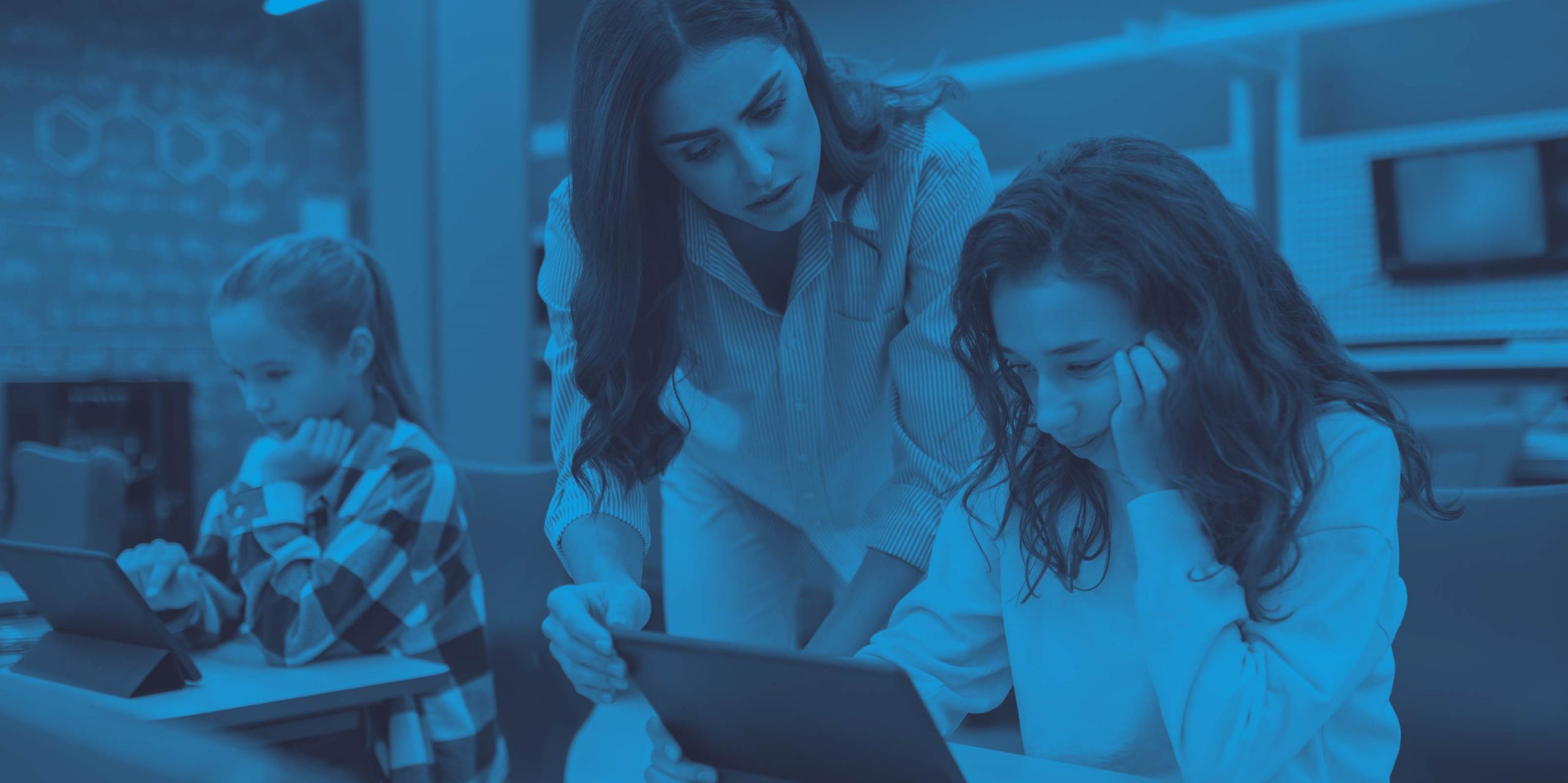
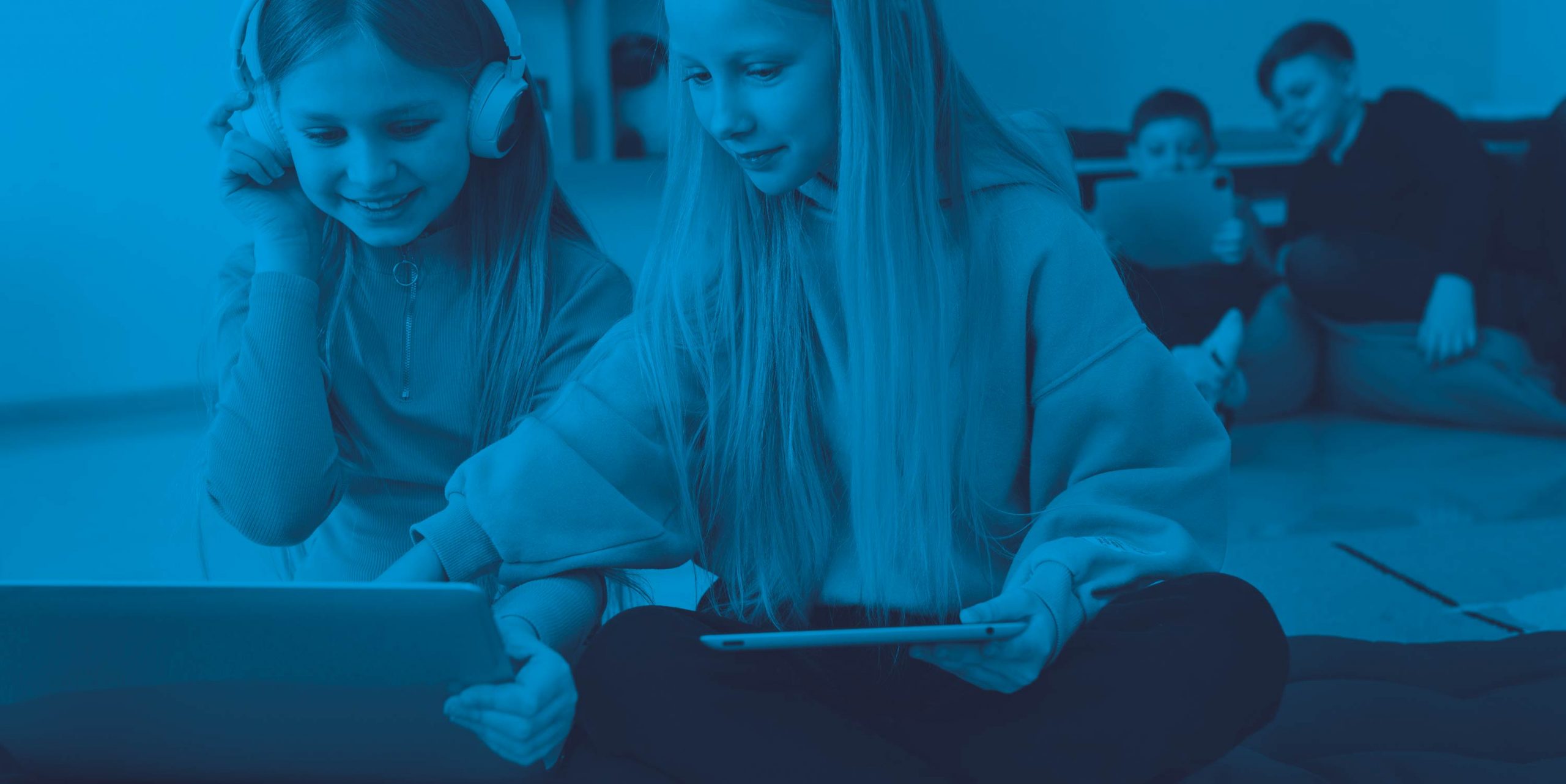
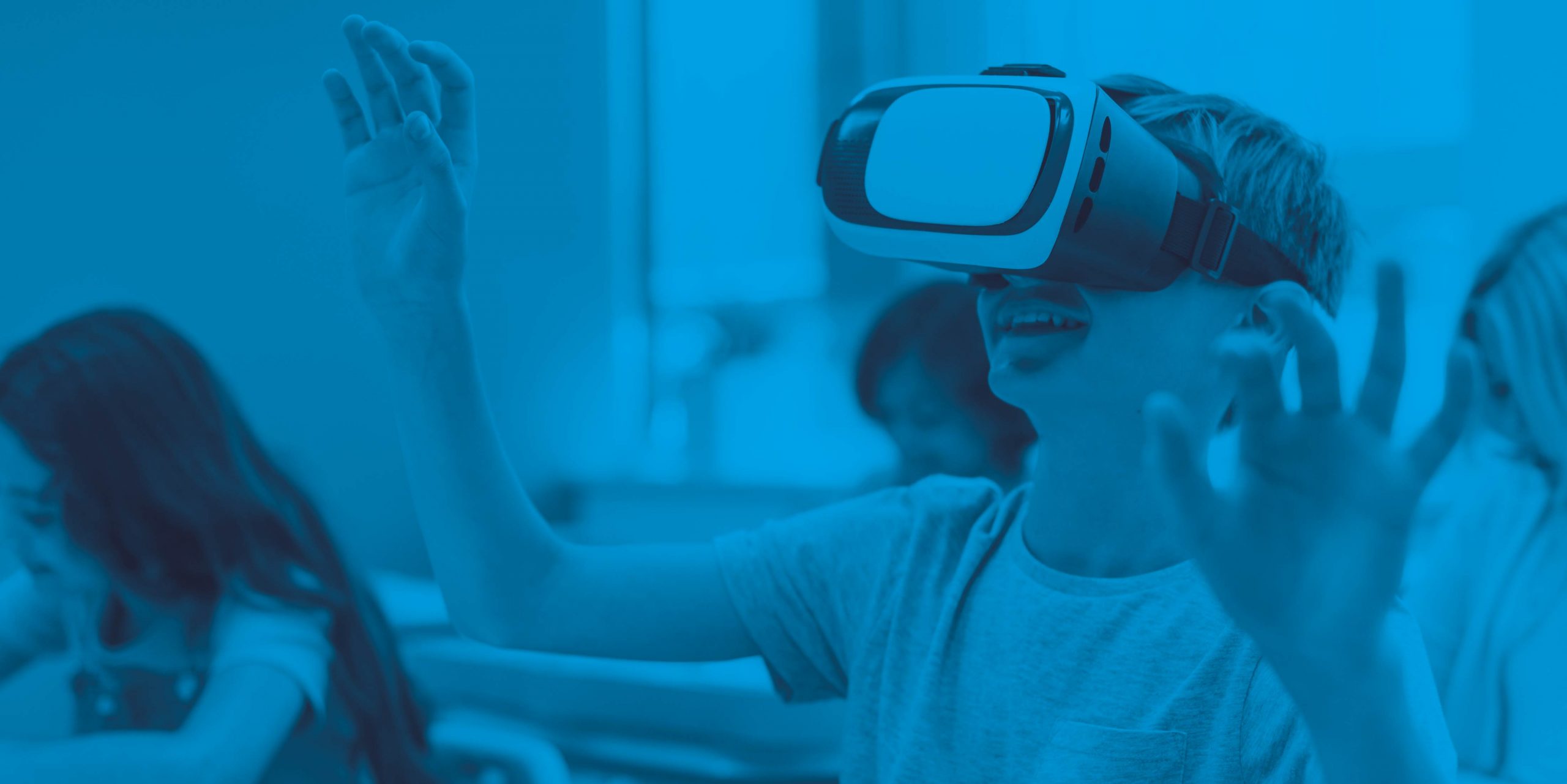




Leave A Comment